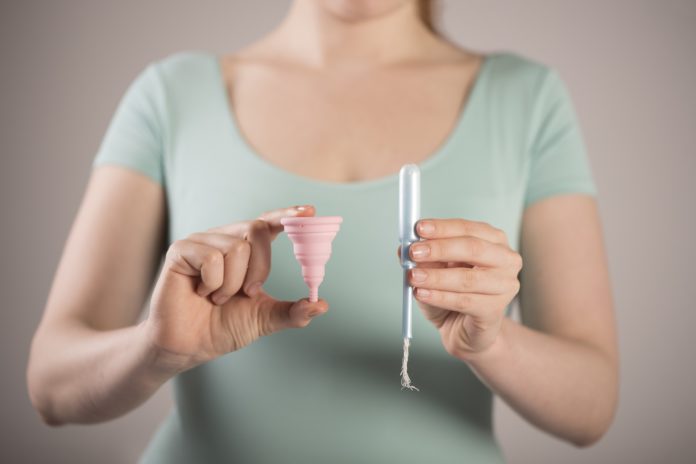It can happen in rare circumstances when there is bacterial growth in the vagina
The tampon that changed your life could also lead to severe illness, under rare circumstances.
According to research published in Applied and Environmental Microbiology, use of intravaginal menstrual pads could lead to toxic shock syndrome in women who have bacterial growth in their vagina. Menstrual blood can act as a growth medium for Staphylococcus aureus.
“Toxic shock syndrome is a rare but severe disease characterized by fever, [low blood pressure], a skin rash…”
In the study, Gerard Lina, and collaborators examined the influence of 15 currently marketed intravaginal menstrual pads (tampons), and menstrual cups, on S. aureus growth and production of the toxin leading to toxic shock syndrome.
“Our results did not support the hypothesis suggesting that tampons composed exclusively of organic cotton could be intrinsically safer than those made of mixed cotton and rayon, or viscose or tampons composed entirely of viscose,” said Dr. Lina, who is Professor of Microbiology, University Claude Bernard, Lyon, France. (Viscose is a compound used in the manufacture of rayon.)
“Toxic shock syndrome is a rare but severe disease characterized by fever, [low blood pressure], a skin rash with subsequent desquamation [shedding of the outermost layer of tissue], and multiple organ dysfunction,” according to the report. Average annual incidence is about 0.7 per million, according to the Centers for Disease Control and Prevention.
The differences in support of growth of S. aureus among the different tampon brands were explained neither by contaminants or additive molecules, said Dr. Lina. Such differences may result from the nature of the fiber (including any additive compounds that cannot be dissociated from them), the structure of the fibers, and possibly the fiber density, said Dr. Lina.
“By confocal microscopy, we observed that space between the fibers that contributes to intake of air in the vagina also represents the major site of S. aureus growth and TSST-1 production,” said Dr. Lina. He advised that tampons should be changed frequently to guard against S. aureus.
Menstrual cups favored greater growth of S. aureus and more production of toxic shock toxin, as compared to pads, said Dr. Lina. He explained that the shape and volume of the cup resulted in greater aeration, spurring that growth, adding that S. aureus forms a biofilm in the cup, making it hard to sterilize. He recommended boiling the cup between uses.
“Tampon use continues to be associated with menstrual toxic shock syndrome, and a case of menstrual TSS has been described associated with a menstrual cup,” said Dr. Lina.


